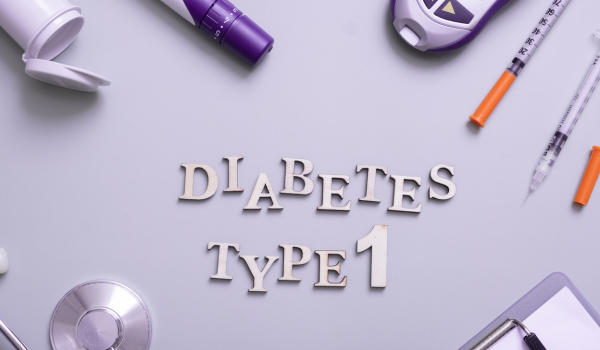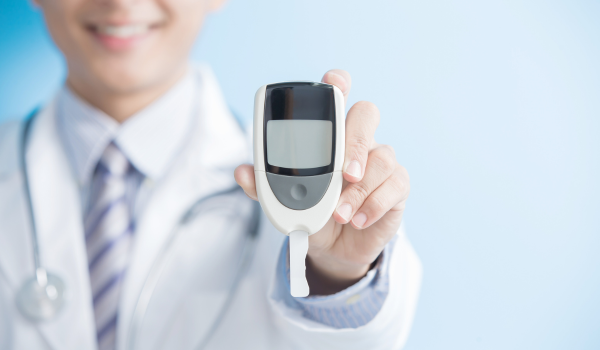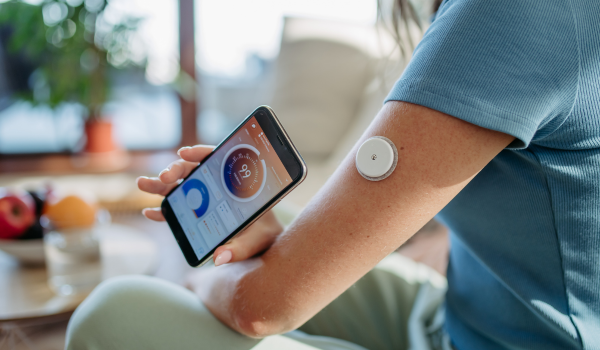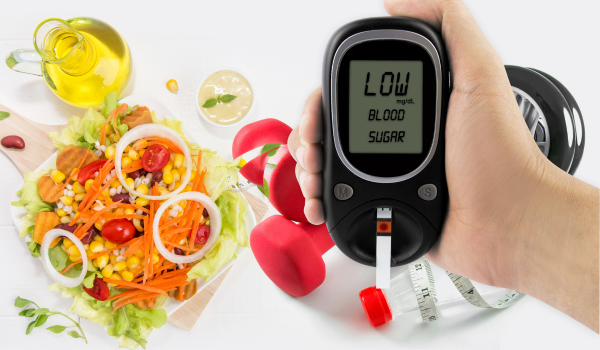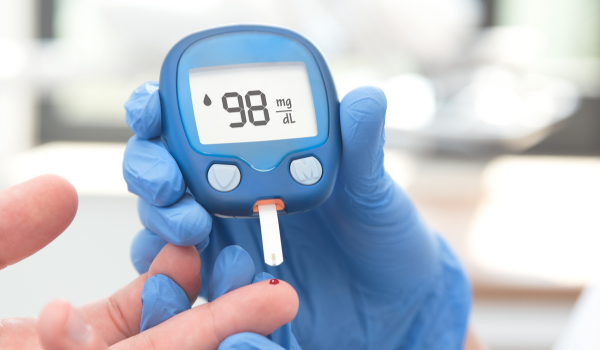
Why Exercise Matters
Exercise is a cornerstone of health for everyone, but it carries unique importance for people with type 1 diabetes. Regular physical activity improves cardiovascular fitness, strengthens muscles and bones, boosts mood, and supports weight management.
For those living with type 1 diabetes, exercise also enhances insulin sensitivity, meaning cells respond better to insulin. This allows for smoother blood sugar control and may lower long-term insulin needs.
However, because exercise affects blood sugar in unpredictable ways, it requires careful planning. Understanding how different activities influence glucose levels is the first step toward safe and effective exercise.
Types of Exercise
Not all exercises affect blood sugar in the same way. Different forms of activity create different challenges.
-
Aerobic exercise (running, swimming, cycling): Typically lowers blood sugar during and after activity, sometimes for hours.
-
Anaerobic or high-intensity exercise (sprinting, heavy lifting): Can raise blood sugar temporarily due to stress hormones.
-
Mixed activities (sports like soccer or basketball): Cause unpredictable patterns, with both highs and lows possible.
-
Flexibility and balance exercises (yoga, stretching, Pilates): Have minimal impact on glucose but improve overall health.
Combining different types of exercise provides maximum benefits while teaching individuals how their bodies respond.
Blood Sugar and Exercise
Blood sugar control during exercise is complex. Factors influencing glucose response include:
-
Intensity of exercise
-
Duration of activity
-
Time of day
-
Recent meals and insulin doses
-
Stress and hormones
In general:
-
Low to moderate aerobic activity tends to reduce blood sugar.
-
Intense exercise may raise blood sugar initially, followed by a drop later.
Monitoring patterns over time helps predict responses and fine-tune adjustments.
Pre-Exercise Preparation
Safety begins before exercise even starts. Key steps include:
-
Check blood sugar: Know your starting level. Ideal pre-exercise range is usually 90–250 mg/dL, but this varies by individual.
-
Inspect equipment: Make sure insulin pumps, CGMs, and supplies are secure and functioning.
-
Have carbs available: Carry fast-acting glucose, such as tablets or juice, to treat sudden lows.
-
Stay hydrated: Dehydration worsens blood sugar fluctuations and impairs performance.
A few minutes of preparation prevents emergencies and ensures safer workouts.
Managing Hypoglycemia
Low blood sugar is the most common risk during exercise for people with type 1 diabetes. Symptoms include shakiness, sweating, confusion, and dizziness.
Strategies to prevent and treat lows:
-
Eat a small carb snack if starting blood sugar is borderline.
-
Reduce insulin doses before activity, under medical guidance.
-
Monitor glucose during long or intense workouts.
-
Follow the “15-15 rule” if lows occur: 15 grams of carbs, recheck after 15 minutes.
Recognizing symptoms early and responding quickly is key to staying safe.
Managing Hyperglycemia
Although less common, exercise can sometimes increase blood sugar. High-intensity workouts release stress hormones like adrenaline, which prompt the liver to release glucose.
If blood sugar is already high before exercise, activity may push it higher. Exercising with ketones present can be dangerous, leading to diabetic ketoacidosis.
Best practices include:
-
Avoiding strenuous workouts when blood sugar is very high.
-
Testing for ketones if glucose exceeds 250 mg/dL.
-
Using gentle activity like walking until levels normalize.
Insulin Adjustments
Exercise and insulin work hand in hand. Without adjustments, insulin may act too strongly or too weakly around workouts.
Possible strategies:
-
Lowering basal insulin before planned exercise.
-
Reducing bolus doses at meals before workouts.
-
Using temporary pump settings during prolonged activity.
Adjustments vary by individual, so tracking patterns and consulting a healthcare team are essential.
Carb Strategies
Carbohydrate management during exercise is critical. Different activities require different fueling approaches.
-
Short workouts (<30 min): May not need extra carbs.
-
Moderate workouts (30–60 min): 15–30 grams of carbs may be needed.
-
Long workouts (>1 hr): Regular carb intake every 30–60 minutes is often required.
Pairing carbs with a little protein or fat helps sustain energy during prolonged exercise.
Timing of Exercise
When you exercise affects how your blood sugar responds.
-
Morning exercise may cause blood sugar to rise, especially before breakfast.
-
Afternoon or evening workouts more often lower blood sugar, sometimes causing overnight lows.
Tracking patterns helps choose the best time of day for stable control.
Hydration and Electrolytes
Dehydration worsens blood sugar fluctuations and increases risk of complications. Sweating also depletes electrolytes needed for nerve and muscle function.
Guidelines:
-
Drink water before, during, and after exercise.
-
For long sessions, use electrolyte-rich beverages without excessive sugar.
-
Avoid sugary sports drinks unless treating hypoglycemia.
Children and Teens
Young people with type 1 diabetes benefit greatly from sports and activity, but they face special challenges. Their bodies are more sensitive to insulin, and growth hormones can create unpredictable glucose swings.
Parents and coaches should:
-
Be educated on hypoglycemia treatment.
-
Encourage frequent monitoring.
-
Provide safe snacks during long practices.
With proper support, children can safely participate in any sport.
Adults and Exercise
For adults, exercise helps reduce cardiovascular risks that are higher with type 1 diabetes. Strength training, cardio, and flexibility workouts all provide long-term benefits.
Working adults may need creative scheduling—such as short walks during breaks or evening workouts—to balance activity with insulin therapy and meals.
Pregnancy and Exercise
Exercise during pregnancy benefits women with type 1 diabetes by improving circulation, mood, and blood sugar stability. However, adjustments are necessary to protect both mother and baby.
-
Choose low-impact exercises like walking, swimming, or prenatal yoga.
-
Monitor blood sugar more frequently, as pregnancy alters insulin needs.
-
Stay hydrated and avoid overheating.
Medical supervision ensures safe routines throughout pregnancy.
Technology Support
Modern technology makes exercise safer.
-
Continuous glucose monitors (CGMs) provide real-time updates and alerts.
-
Smart insulin pumps allow temporary adjustments for workouts.
-
Fitness trackers monitor heart rate and activity, integrating with diabetes apps.
Technology empowers individuals to exercise with confidence and precision.
Psychological Benefits
Exercise supports not only physical health but also mental well-being. It reduces stress, boosts mood through endorphin release, and helps combat diabetes distress.
For many, exercise provides a sense of control and empowerment in managing type 1 diabetes.
Long-Term Benefits
Over time, regular physical activity reduces the risk of complications. Benefits include:
-
Lower blood pressure and cholesterol.
-
Improved heart and lung function.
-
Stronger bones and muscles.
-
Reduced risk of nerve and kidney damage.
Exercise is a lifelong tool for maintaining health and independence.
Safe Practices
To stay safe while exercising with type 1 diabetes, follow these principles:
-
Always carry glucose supplies.
-
Wear medical identification.
-
Exercise with a partner when possible.
-
Start slowly and build intensity gradually.
-
Keep communication open with your healthcare team.
These habits reduce risk and make activity more enjoyable.
The Bottom Line
Exercise is not only safe for people with type 1 diabetes—it’s essential. With preparation, monitoring, and proper strategies, physical activity becomes a powerful tool for controlling blood sugar and protecting long-term health.
Rather than being a barrier, type 1 diabetes can be managed successfully in the gym, on the field, or in daily movement. Knowledge and planning transform exercise from a risk into a life-changing benefit.



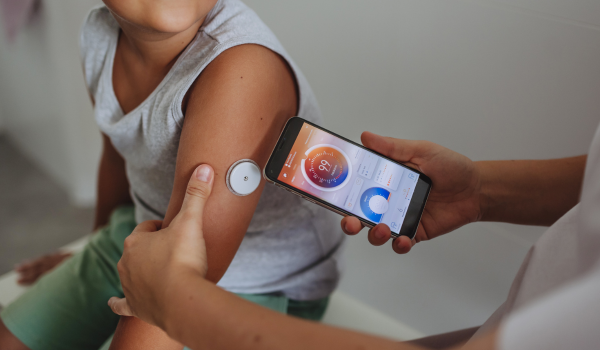

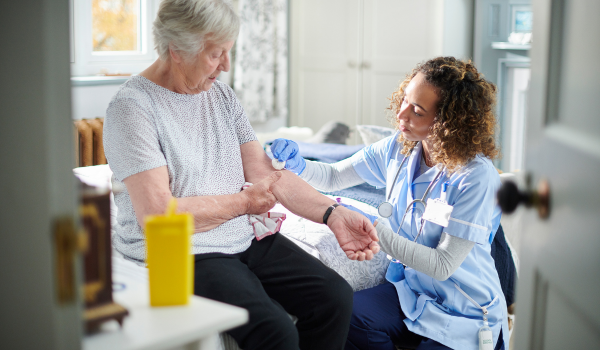
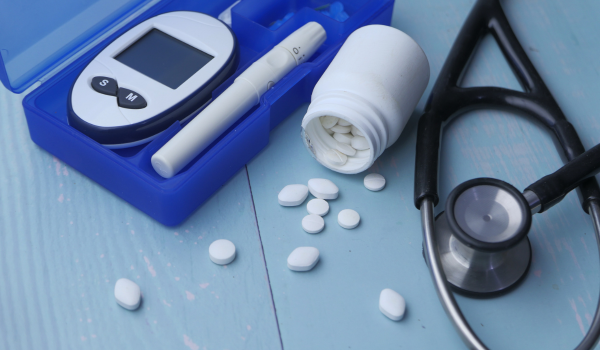

.png)

